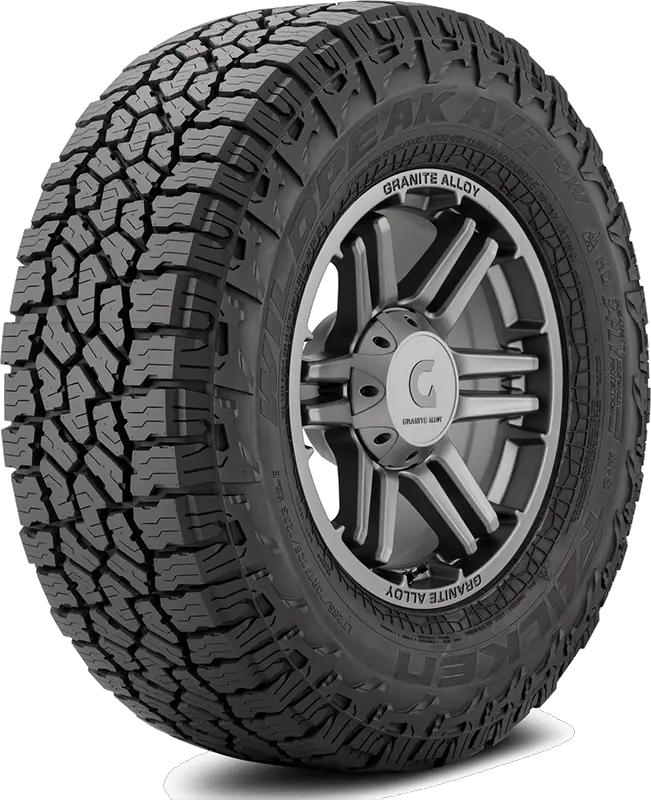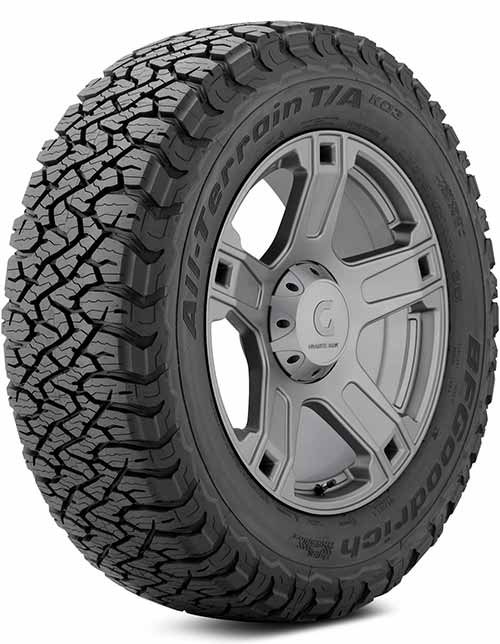A very common question people ask is, “Can I leave a nail in my tire if it’s not leaking?” I’d like to think that most people know it’s a problem that a nail in their tire should fix at some point.
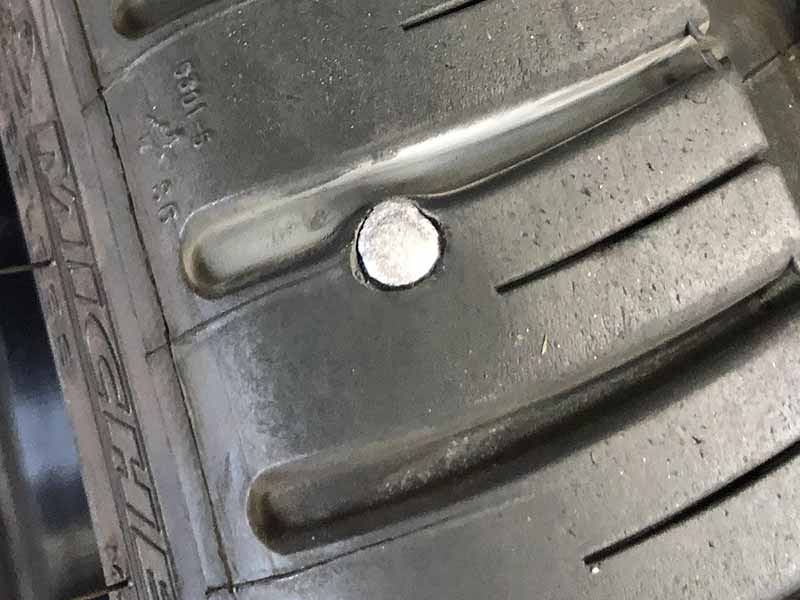
Having your car or truck towed to the nearest tire repair shop is usually necessary, but you shouldn’t ignore a punctured tire either.
Nail In My Tire But Not Flat
It’s usually okay to continue driving cautiously if you’ve found a nail in your tire, and it isn’t losing air.
A nail stuck in your tire usually has a very slow leak and should be repaired as soon as possible. This is especially true if you don’t have a spare tire.
People ask excellent questions about what to do if a nail is in your tire.
Let’s take a closer look.
Is It Safe To Drive On A Tire With A Nail In It?
A single puncture can be potentially dangerous, depending on the location. The steel belts in the tire can usually handle a small nail without any problems once properly patched.
If the nail in your tire is within approximately 1/2″ of the sidewall or in the sidewall itself, the potential for a flat tire is significantly increased, and the chance of a blowout is greater.

The steel belts in a radial tire are underneath the tire’s tread and don’t extend around the tire shoulders and down the sidewalls. The sidewalls need to remain more flexible.
The lack of structural reinforcement and repeated stretching and flexing means sidewalls are more susceptible to failure due to puncture damage.
How Long Can I Drive With A Nail In My Tire?
As long as the tire is holding pressure and the nail or screw is not in the sidewall or shoulder of the tire, the urgency is pretty low, and you should be able to continue driving cautiously. But you should keep a very close eye on the tire pressure.
If your tire pressure monitoring system displays the individual pressures of each tire, that will make it easier to watch. Otherwise, you’ll want to frequently check the air pressure with a handheld tire pressure gauge until you can get to the tire shop and have it checked out.
It’s not uncommon for people to notice a screw or nail in their tire long after it has punctured the tire. It may have only been there a day, or it could have been there for weeks or even months.
The rubber may seal around the foreign object very well, allowing it to hold the air pressure with little or no air leak. Or it may simply be a very slow leak.
Can A Nail In A Tire Cause A Blowout?
Tires aren’t fragile and can take quite a bit of abuse. But a puncture in the wrong location can lead to an eventual blowout.
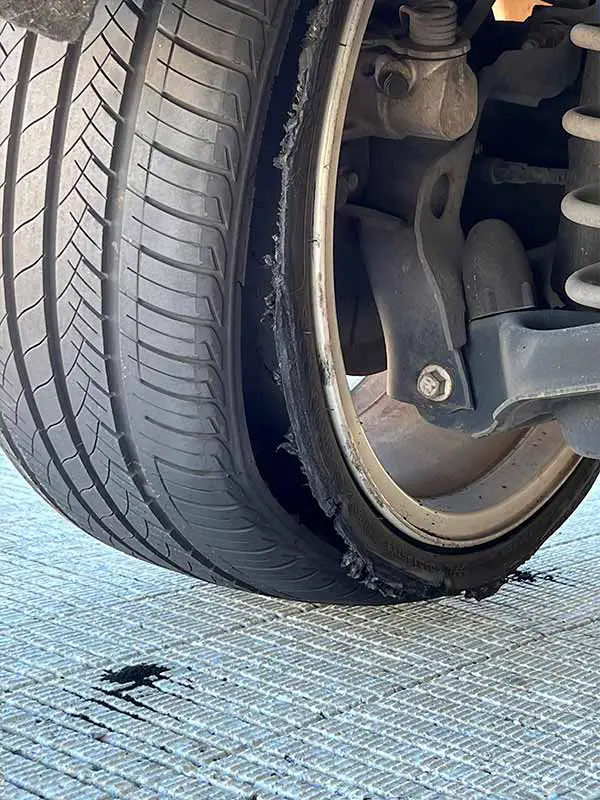
Tire damage from a puncture can eventually lead to a blowout if the foreign object is in the sidewall or shoulder of the tire. These locations flex and stretch quite a bit and don’t have the same steel belt internal structure as the rubber underneath the tread pattern.
While it’s not likely that a single nail in your tire’s sidewall will cause a blowout, it can’t be ruled out. It’s always best to have a professional and your local tire shop inspect the tire to determine if it needs replacing or can simply be repaired.
Do I Need A New Tire If I Have A Nail In It?
If a tire has a nail in the middle of the tread pattern and is 1/2 inch away from the tire’s shoulder, it shouldn’t need to be replaced and can simply be patched. Punctures in the shoulder or sidewall will require replacing the tire.
If the nail has caused significant damage to the tire, such as causing a large hole or cutting the sidewall, patching the tire may not be a safe or effective solution, and the tire may need to be replaced.
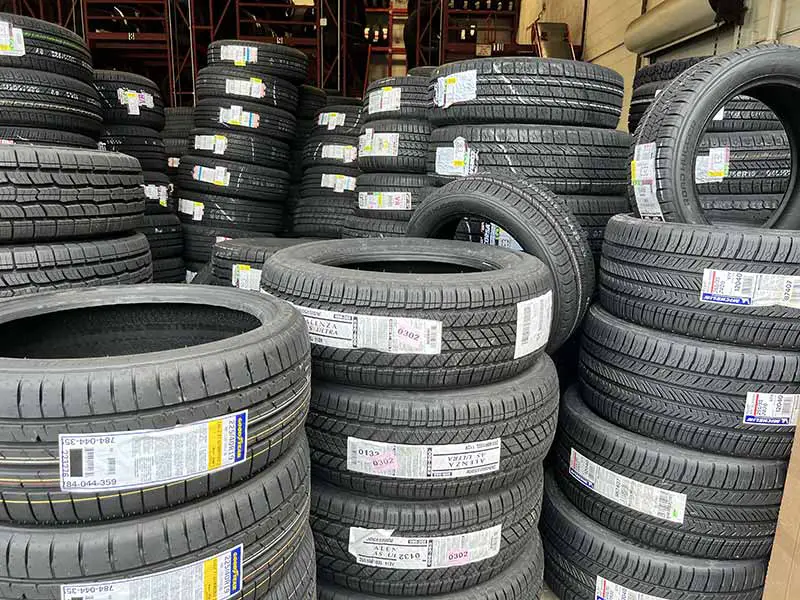
Is It Better To Plug Or Patch A Nail Hole In A Tire?
The best way to fix a nail hole in a tire depends on the size and location of the hole and the type of tire you have.
You can plug the hole if the nail is still stuck in the tire and the hole is small. A tire plug is a small tube of rubber that can be inserted into the hole and then expanded to seal the hole. You can purchase tire plugs at any auto parts store, and they are relatively easy to install yourself with a plug kit. Once the plug is in place, the tire should hold air for a short time, allowing you to drive to a nearby repair shop to have the tire professionally inspected and repaired if necessary.
If the hole is larger or the tire is losing air rapidly, you may need to patch the hole. Patches are placed inside the tire and held in place by a layer of rubber cement. This is a more permanent repair and should be done by a professional.
It is worth noting that whichever option you choose, whether plugging or patching, is not intended to be a permanent solution. It is only a temporary fix. It is recommended that after this is done, you should replace the tire as soon as possible, as both plugging and patching can only give you a limited amount of time on the road.
In general, it’s always a good idea to have your tires inspected by a professional if you suspect there may be a problem to ensure that your vehicle is safe to drive and avoid any further damage to your tires.

How Much Does It Cost To Patch A Tire?
The cost to patch a tire can vary depending on several factors, such as the location, the size and type, and the service provider.
A tire patch can cost between $20 and $50. However, it’s important to note that if the damage to the tire is severe, patching the tire may not be a safe or effective solution, and it might be necessary to replace the tire.
When Can A Nail In A Tire Not Be Fixed?
A nail in a tire can typically be fixed by patching the puncture. However, there are some cases when repairing the tire may not be a safe or effective solution, and the tire may need to be replaced.
Here are some instances when a nail in a tire might not be able to be repaired:
- If the nail is in the tire’s sidewall, patching it may not be possible.
- If the nails have punctured the tire in multiple places close to each other, repairing it may not be safe since the structural integrity could be compromised.
- If the tire has been damaged in different ways, such as being worn down or experiencing structural damage, patching the puncture may not be a long-term solution.
Resources
Below are some links you may find helpful when learning about tires
- Can you drive with a nail in your tire? – Progressive
- What to do if you have a nail in your tire – Repair Pal
Final Thoughts
A nail in a tire doesn’t always mean that the tire will go flat. It could mean the puncture is sealed around the nail or the nail has not penetrated through the tire. In these cases, patching the hole can be a safe and effective solution, and the tire can be re-inflated and used as usual.
However, it’s always recommended to have the tire inspected by a professional. They can determine if patching is a safe and effective solution or if the tire needs to be replaced.
Good luck and happy motoring.

